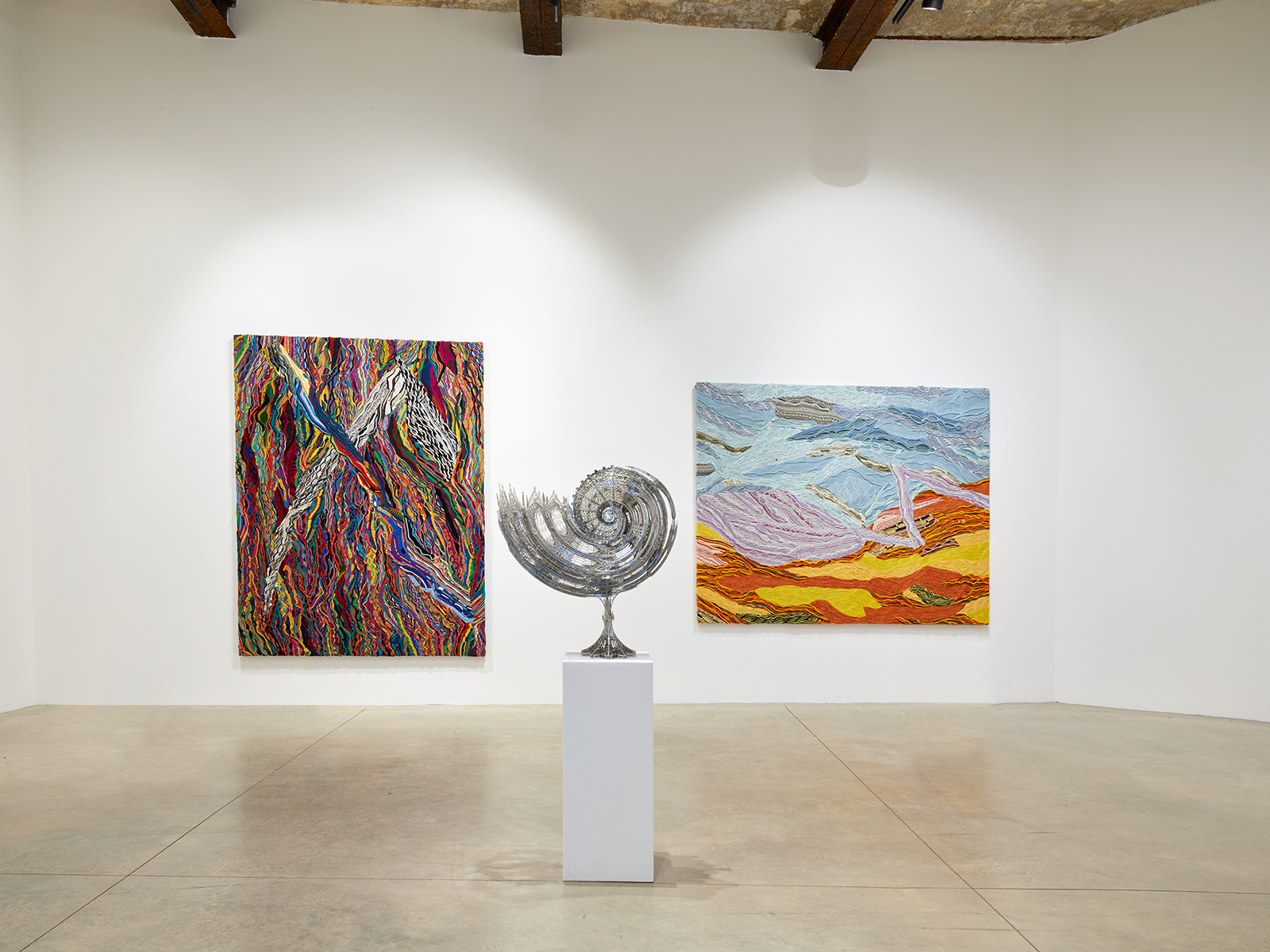
Group show curated by Tomokazu Matsuyama
With Wim Delvoye, Carlos Rolón/Dzine, Robert Lazzarini, Tomokazu Matsuyama, Jayson Musson and Alison Elizabeth Taylor.
Preview on Thursday January 18th, 2018 from 6pm in presence of Tomokazu Matsuyama
PRESS RELEASE
Pardon my Language’ is an exploration of how Globalization has changed our perception of cultural identity and how ‘identity’ is shifting and changing in the 20th/21st Century. The exhibition, curated by Tomokazu Matsuyama, aims to examine the blurred social and cultural boundaries which make our time and place unique. A printed catalogue will be published including a curatorial essay by Peter Doroshenko, Executive Director of Dallas Contemporary.
Wim Delvoye
Similar to a film director with access to the most advanced photorealistic advances in computer-generated effects, Wim Delvoye reshapes common everyday objects that we know and might use. Delvoye composes his works carefully to create compelling narratives. At first glance, his objects seem to be decisive moments in a larger narrative, captured and frozen, but the surrounding information remains exclusive to the viewer. By fabricating and staging his own reality, Delvoye takes complete control, contrasting banal situations and a subliminal world of conflict. Yet, his newest works map conceptual territory for the construction and documentation of objects and interior spaces that involve people. With these works, these spaces are unthinkable within existing theoretical frameworks. It creates a relational approach to issues of historical architecture and current interiors to counter object approaches that characterize documentary thought.
Carlos Rolón/Dzine
Using abundant sets of signs and codes from every flowing stream of post-Baroque visual overindulgences, Carlos Rolón captures, isolates and enhances decorative images and shapes reminiscent of historical spheres from centuries past. In his work he likes the tactility of painting and sculpture. Rolón uses painting as the most recognizable sign of art while introducing, sculpture and installations that reflect a new artistic thought. Rolón’s work is primarily concerned with how the spectacle has affected the individual in contemporary culture. His works move between the territories of dominant culture, popular culture and diverse subcultures. Rolón is interested in how people define themselves through their individually constructed identity and how they present this to the world. Superficially script in style, Rolón’s works have nothing to do with action or animation. His works never carry elements of movement – even though they may seem to do so.
Robert Lazzarini
Rooted with advanced aesthetic cryptographs and elements reminiscent of artworks from the future, the works of Robert Lazzarini consistently reveal themselves to amaze the not cognizant viewer. In this context, the montage of information is the language of the avant-garde that declared a new attitude to reality. It is a precarious synthesis of extreme fantasy and extreme sobriety, the pictorial techniques of perfection and the realism of the fragment. This re-orchestrated information is a familiar method of mass-culture, with its advertising and high design, one that reflects the multifacetedness of the world, synchronism of perception, and a synthesis of reflection of image. For Lazzarini, this is the new hyper-reality. This is the language of the age of mechanical reproduction, the age of photo realities. As the product of both the materialism and the utopia of the industrial era, it is the embodiment of the fragmentation of post-industrial culture. He carefully arranges works that are situated between the avant-garde and today. They exude fragility, but they are pastiche. It is all about the re-interpretation of the innovative and the emergence of nostalgia for it. Yet, Lazzarini’s sculptures and paintings exhibit, among other things, his utmost devotion to the specific skills that the classic mediums entail and by his total command over them.
Jayson Musson
Dense, compact lines and vibrant colors form matrix patterns harking to cosmos based particles analogies – to the point of being violent and unsettling. The patterns insinuate non-western or contemporary urban textiles, yet Musson’s orchestrations move beyond garments into plaques of dense data. Musson creates multi-leveled, mixed-media objects that explore themes of identity, exile, cultural relevance, sexual identification, and emotionally compelling issues. Like an archaeologist, he is always on the look-out for whatever pushes the limits of his past and his present. His work is the product of complex deliberations. Producing images from his own reality, Musson offers only that which is already embedded in our memory, like a reference point of what is lost or a temporal experience of an eternal recurrence. With the glut of imagery in the world from various media he chooses images from his own world – not narrative per se – as a way to organize the formal elements of his work. Elements from public activities and situations such as literature, music, travel, family and friends influence his work as a way to make them accessible to a broader audience. He uses the act of painting as the most recognizable sign of art while introducing elements that reflect a new artistic thought. He is interested in how people define themselves through their publicly manifested constructed identities.
Tomokazu Matsuyama
Serene and visually layered to the point of multi-narratives in a contemporary manner, we are invited to enter the complex theatrical backdrops of Tomokazu Matsuyama’s artworks. Yet, Matsuyama’s paintings are not minimal. The works have been purified and reduced to one form of basic production. They are basic thoughts consisting of canvas and paint. Through this process of purification, the paintings almost become anonymous global icons. Though the artist’s ego remains in the background, Matsuyama expects the viewers to actively look at the paintings. He asks viewers of his paintings to mentally participate along with him… to attempt to discover the structure of the pictorial plane, which at times engages in direct confrontation with the works. They are aesthetically appealing, while at the same time they teach us something about the idiosyncrasies of the medium. Matsuyama is interested in the theatrics of painting. He is not content with free abstraction, but is a distant relative of American Realism with Manga and French Surrealist influences. He, however, brings the surrealist play with elements from reality to an abstract level.
Alison Elizabeth Taylor
Frozen in photographic styles similar to photojournalistic images, people and landscapes are transposed through textures and materials with science fictional inspired feel and flow. Puzzle and data bit inspired, the works carry deep and complex information. At first glance, Alison Elizabeth Taylor’s art objects appear to be historically wrapped or packaged events. But her rhetoric has an underhanded virtuosity, capable of producing unexpected effects with a bit of black humor tossed in discreetly to present the final ensemble. As the architect Le Corbusier once remarked, the purpose of architecture is to move us, then in her work Taylor consistently realizes architecture’s highest aim: she creates works whose extraordinary power lies not only in how deeply they make us feel, but also in how they let us see the complexity of our feelings, in meaningful environments which help us to dwell.
Peter Doroshenko
Kyiv, Ukraine


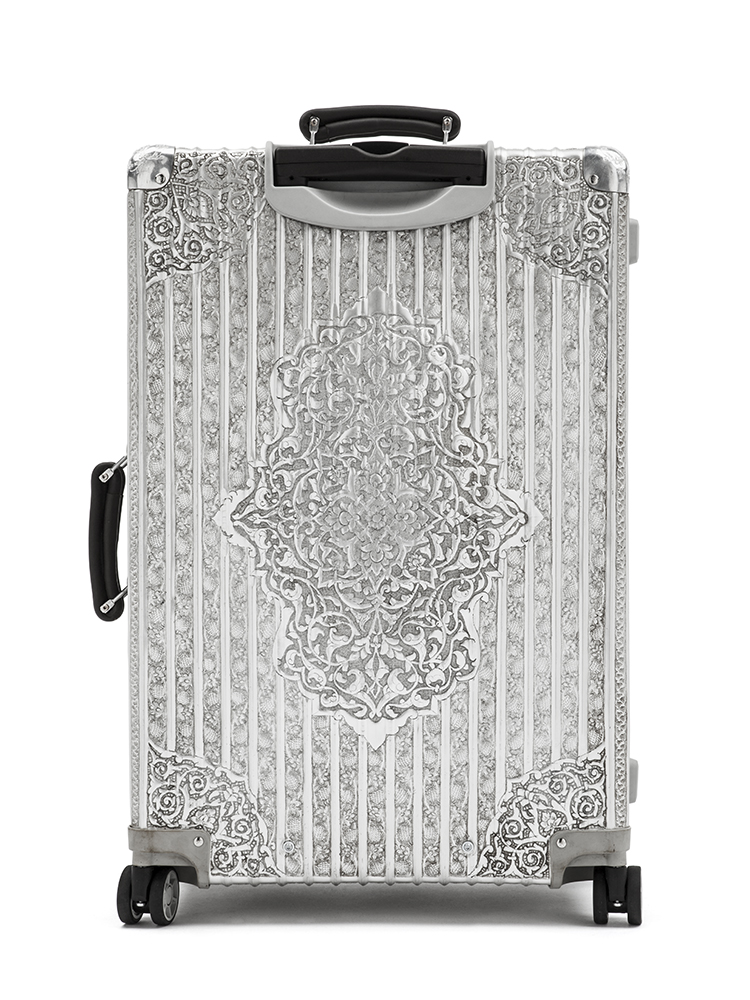
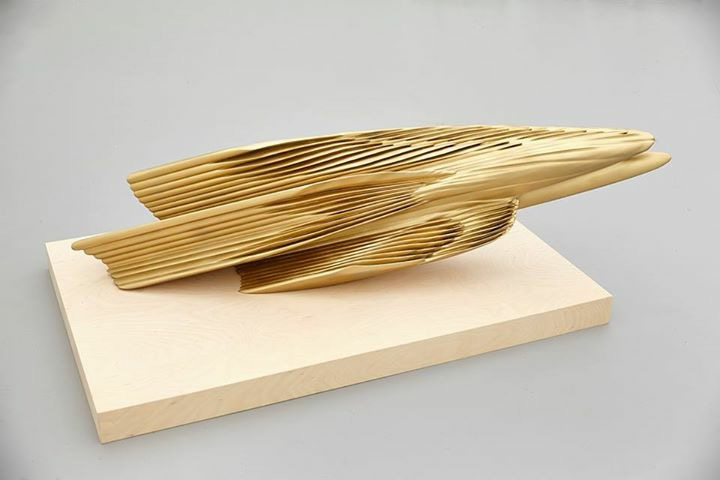
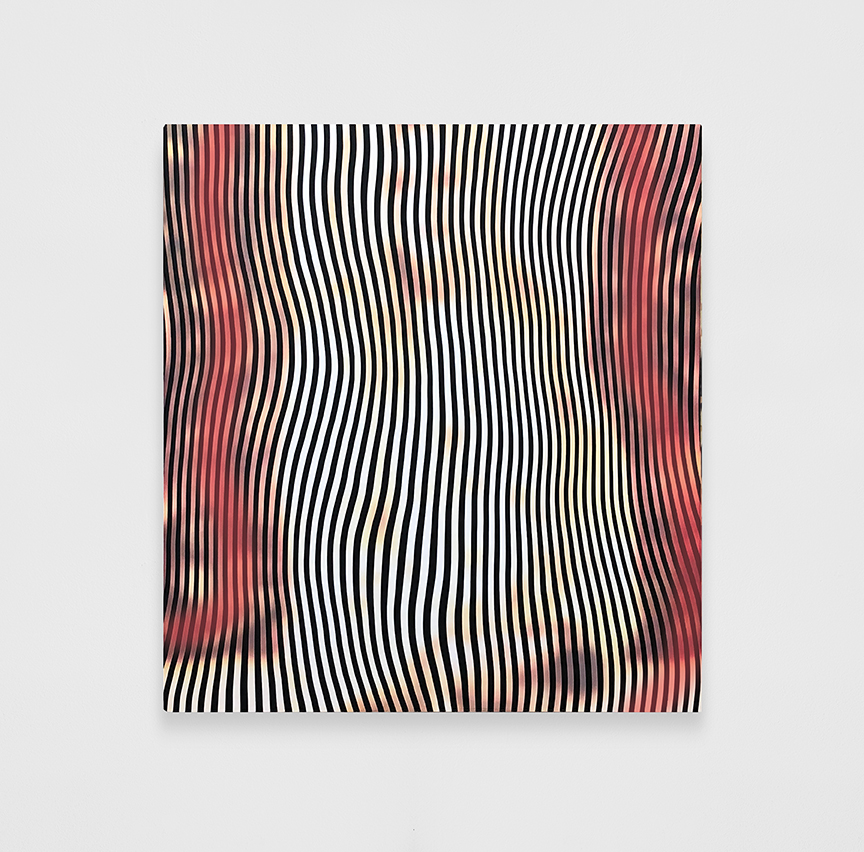
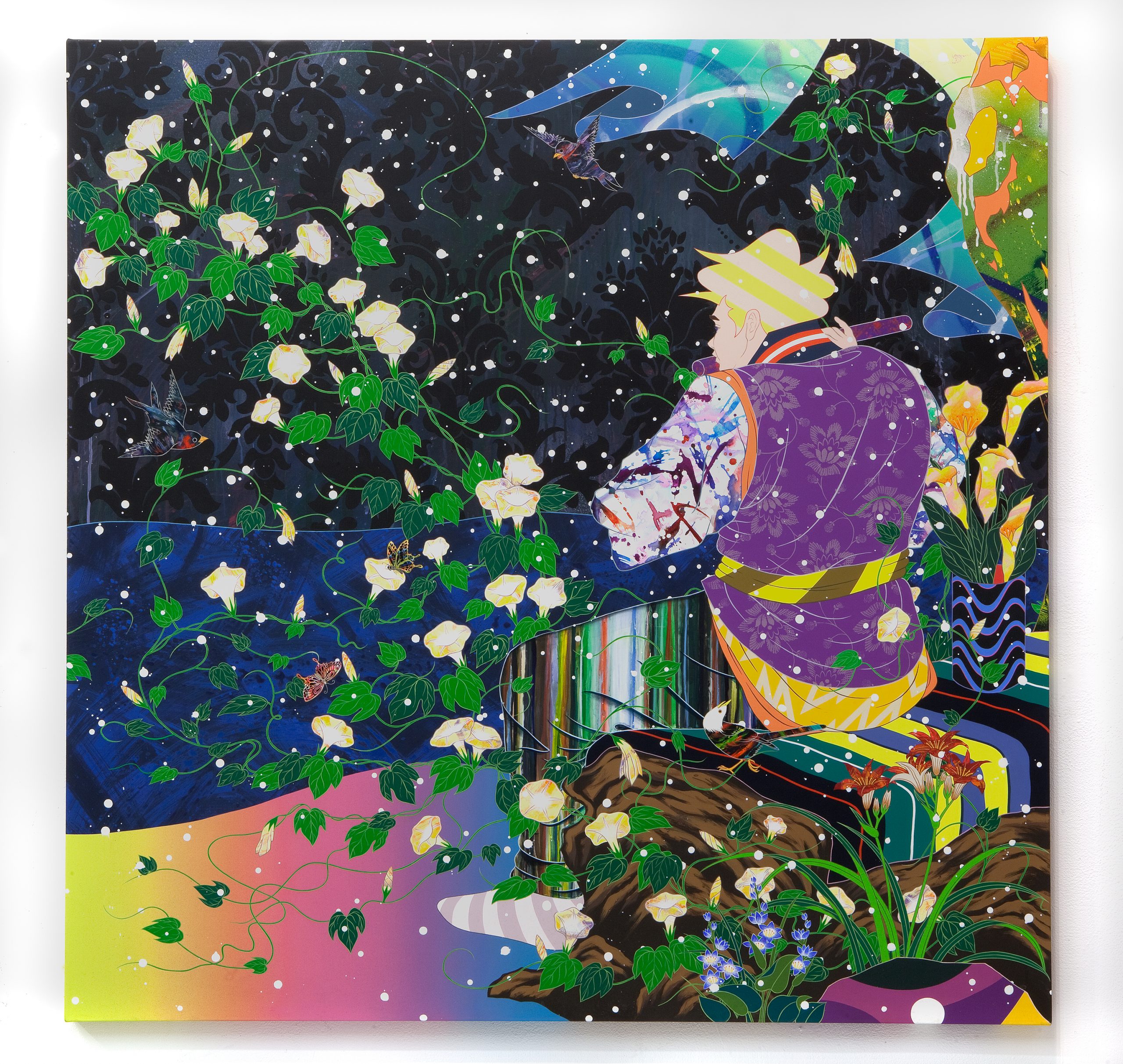
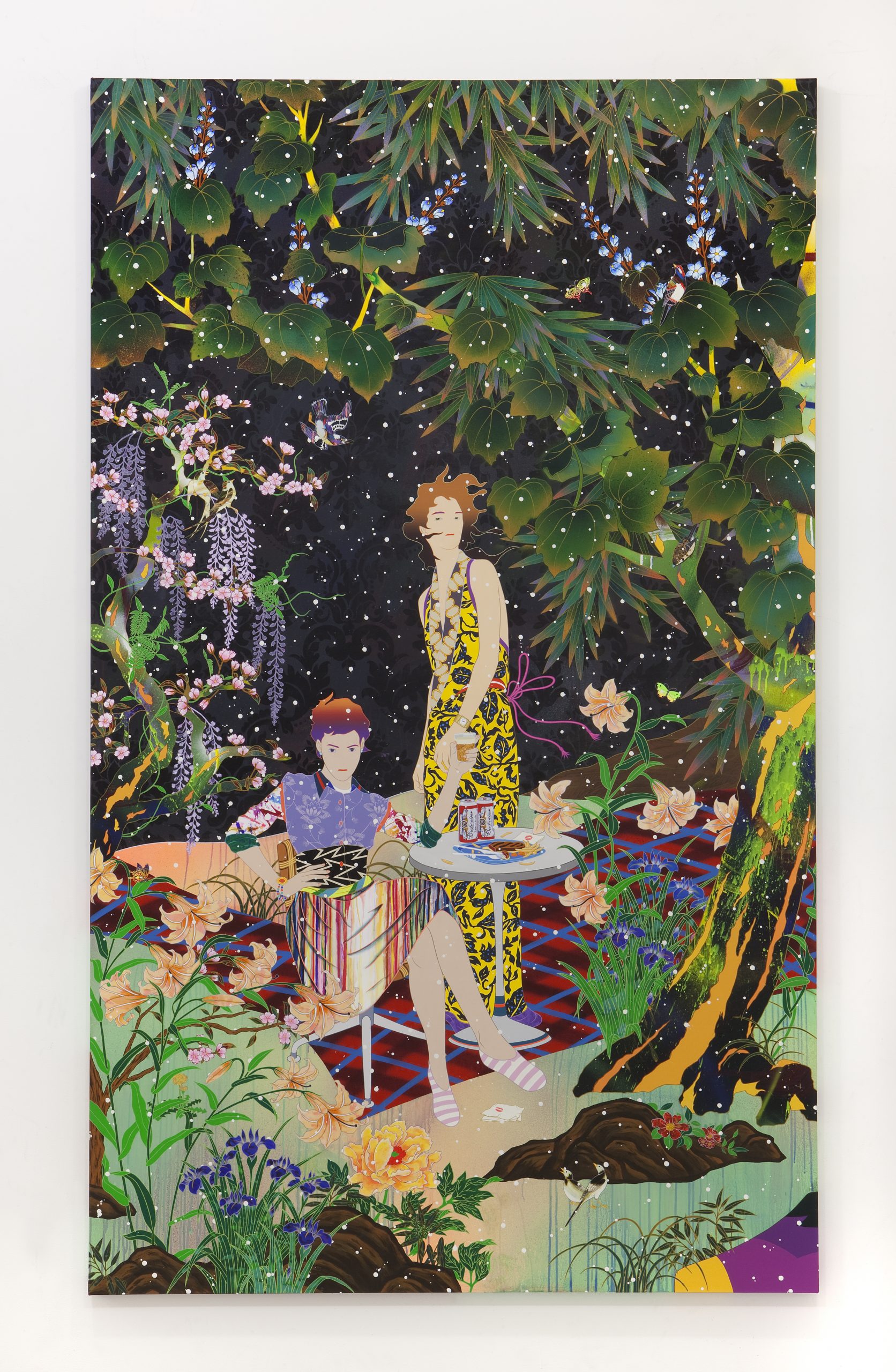
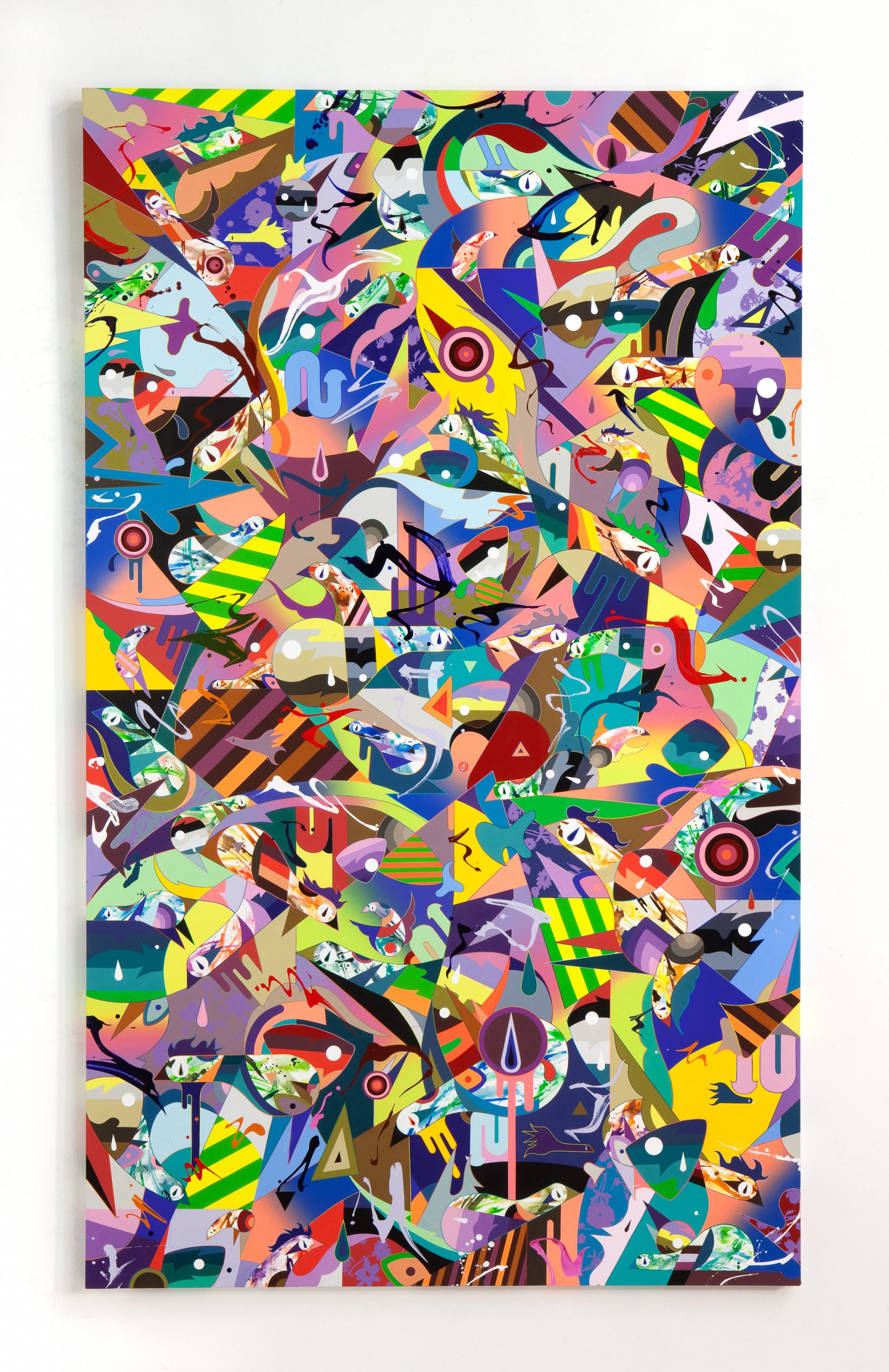
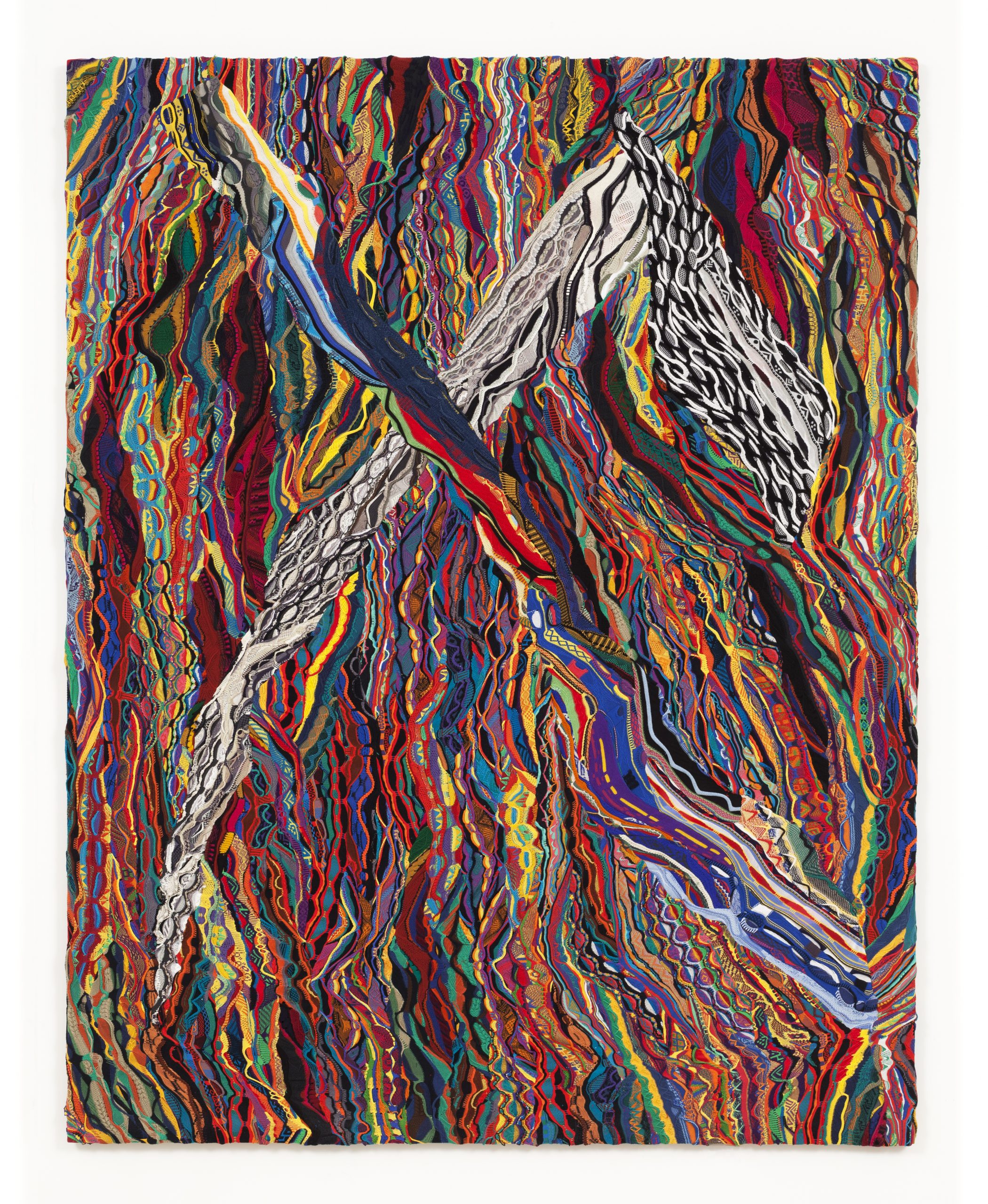
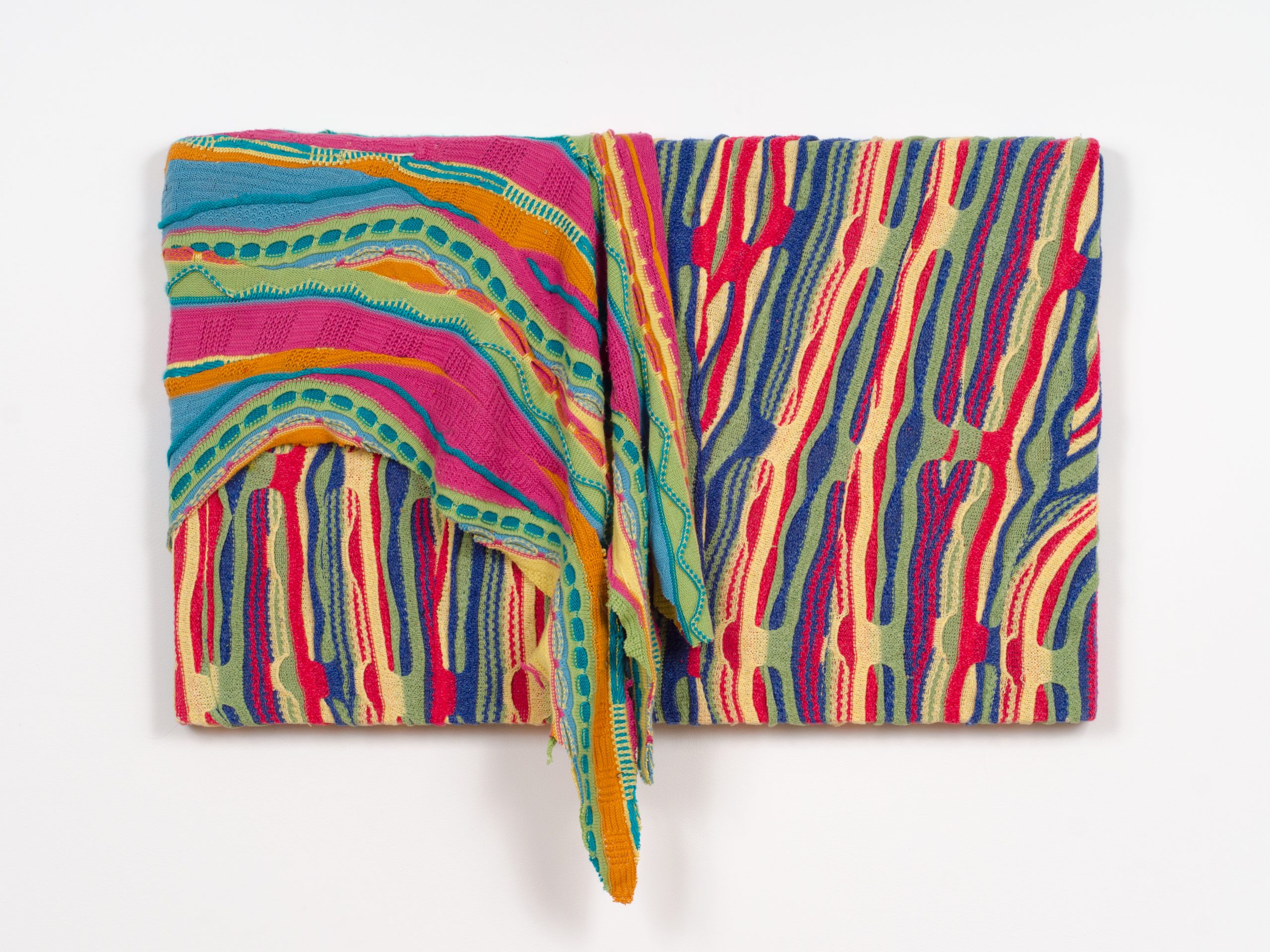
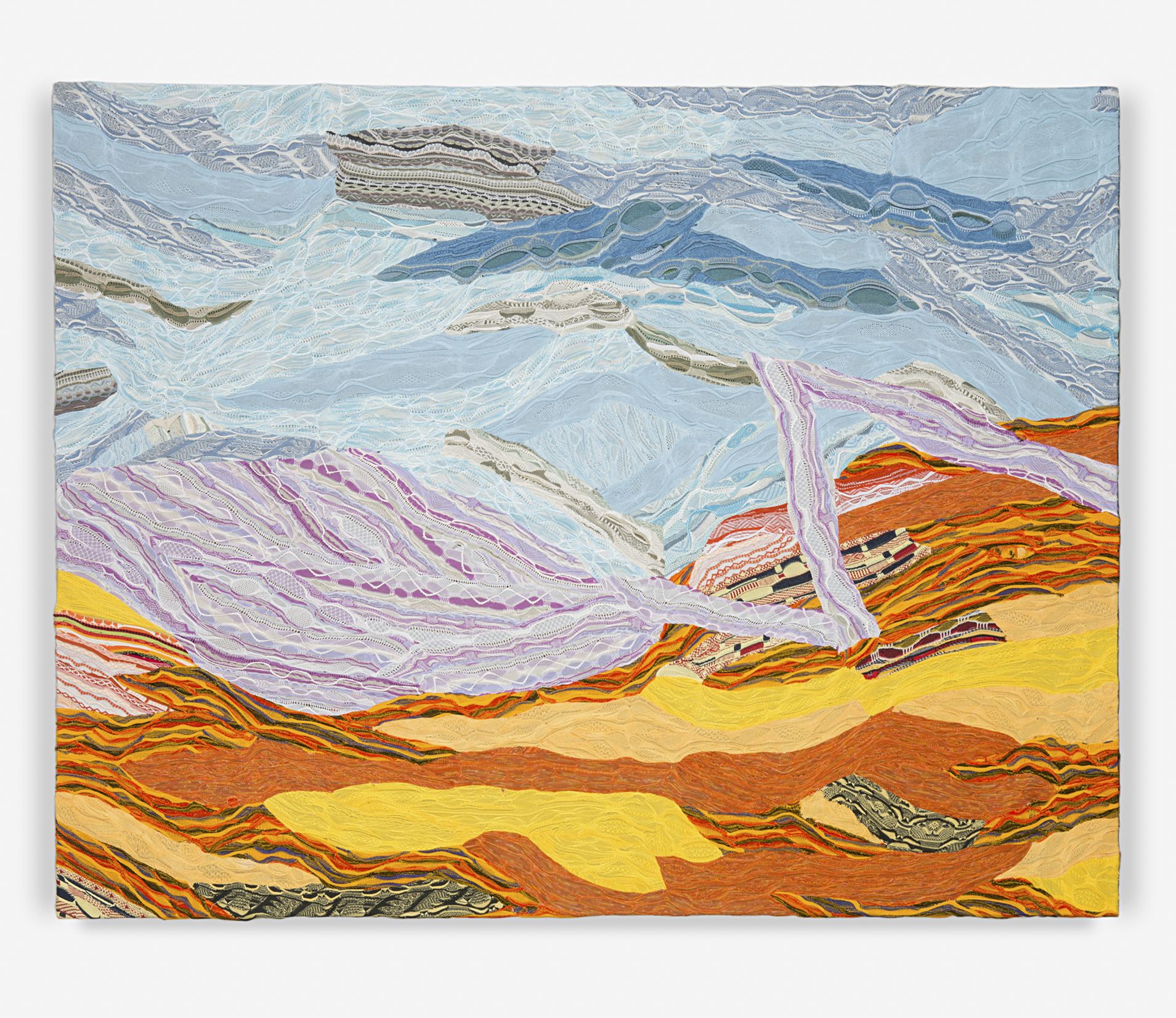
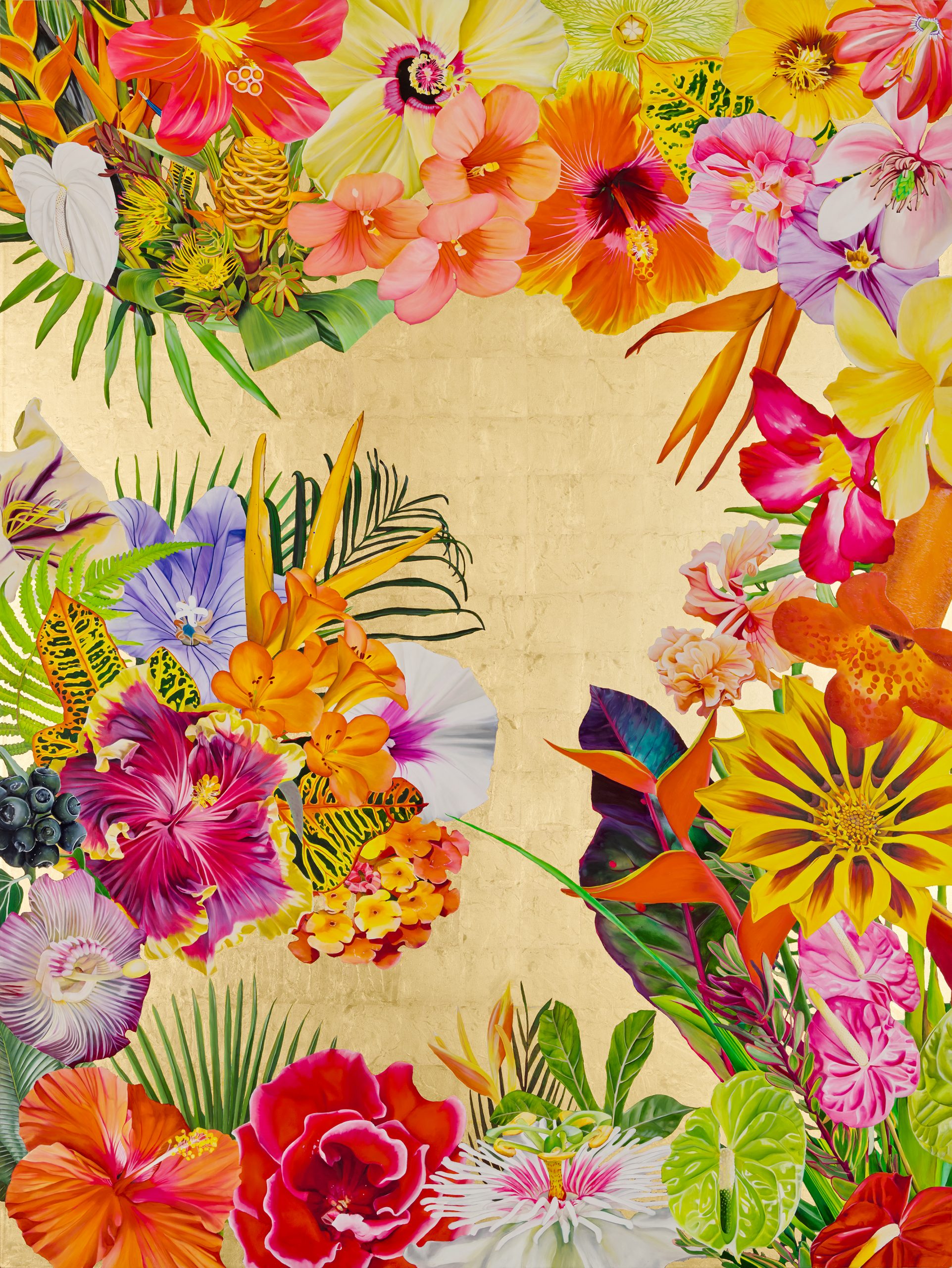
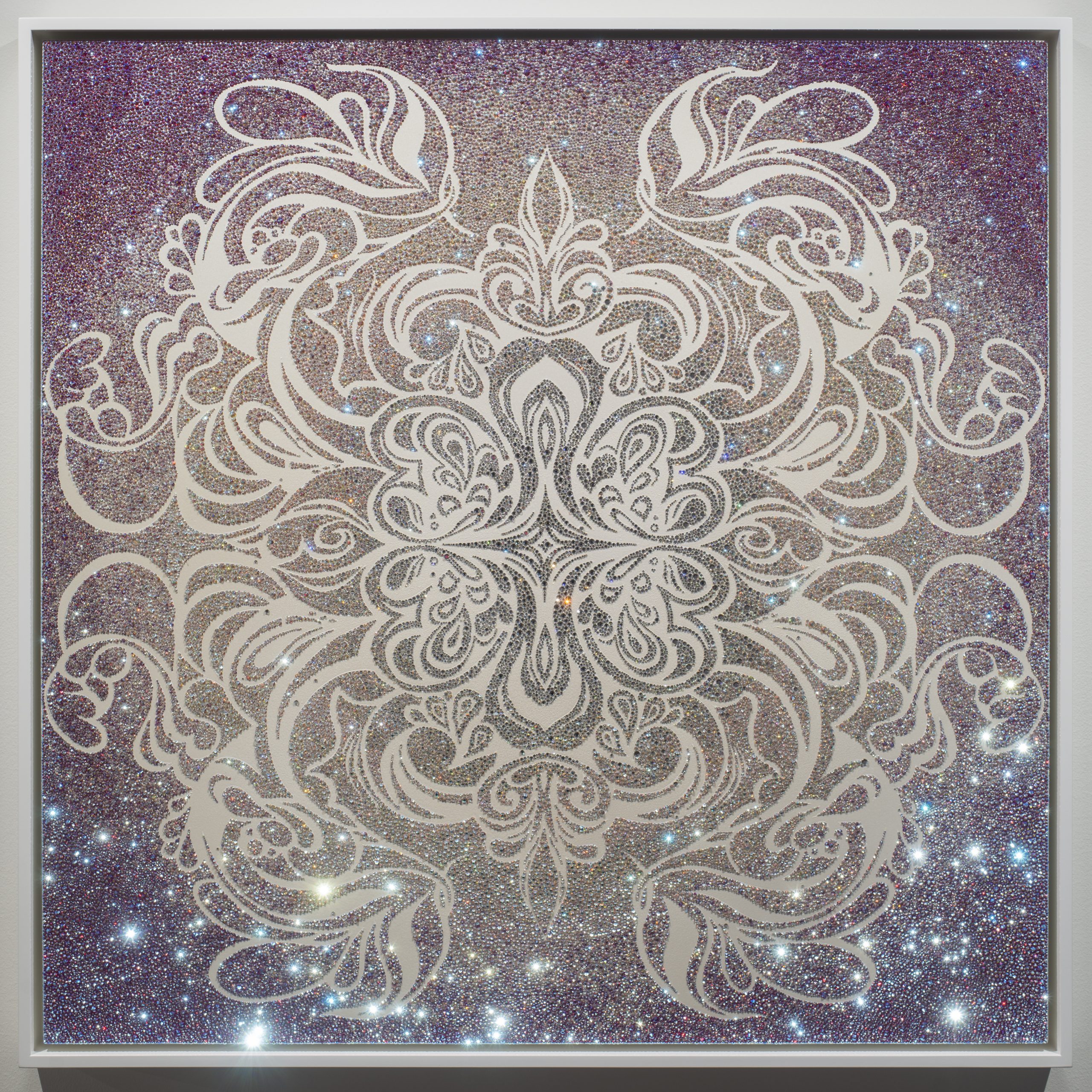
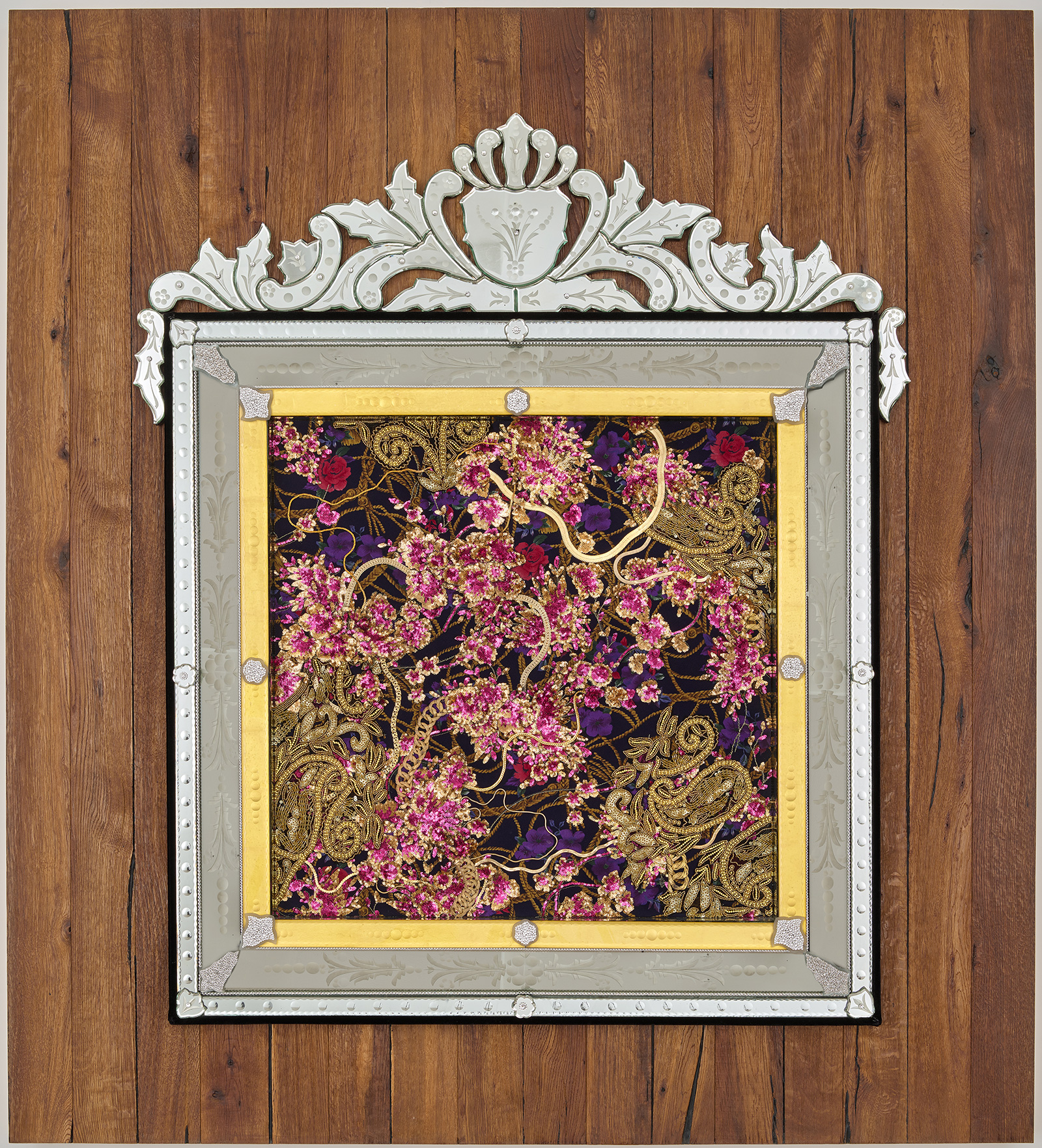
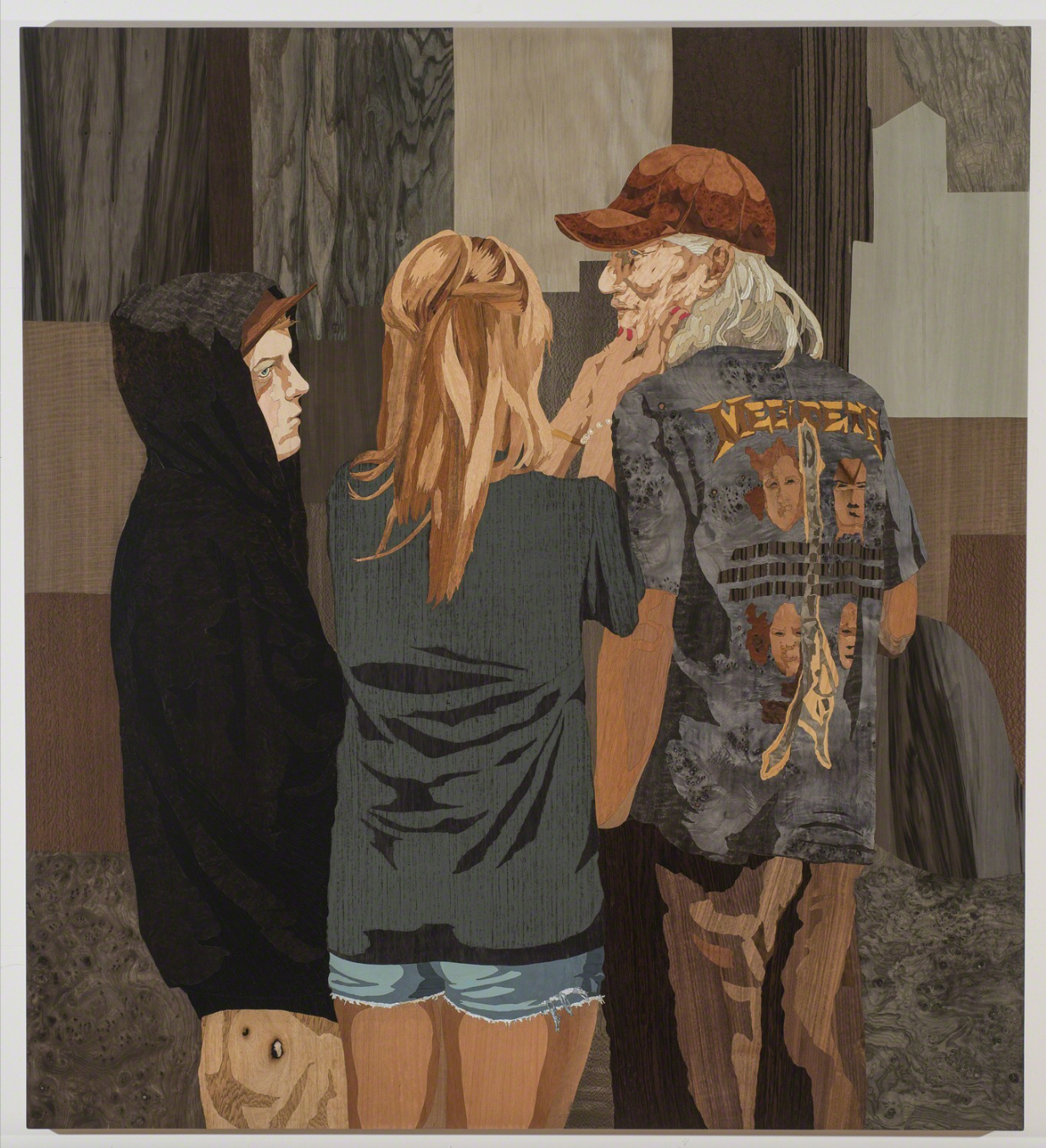
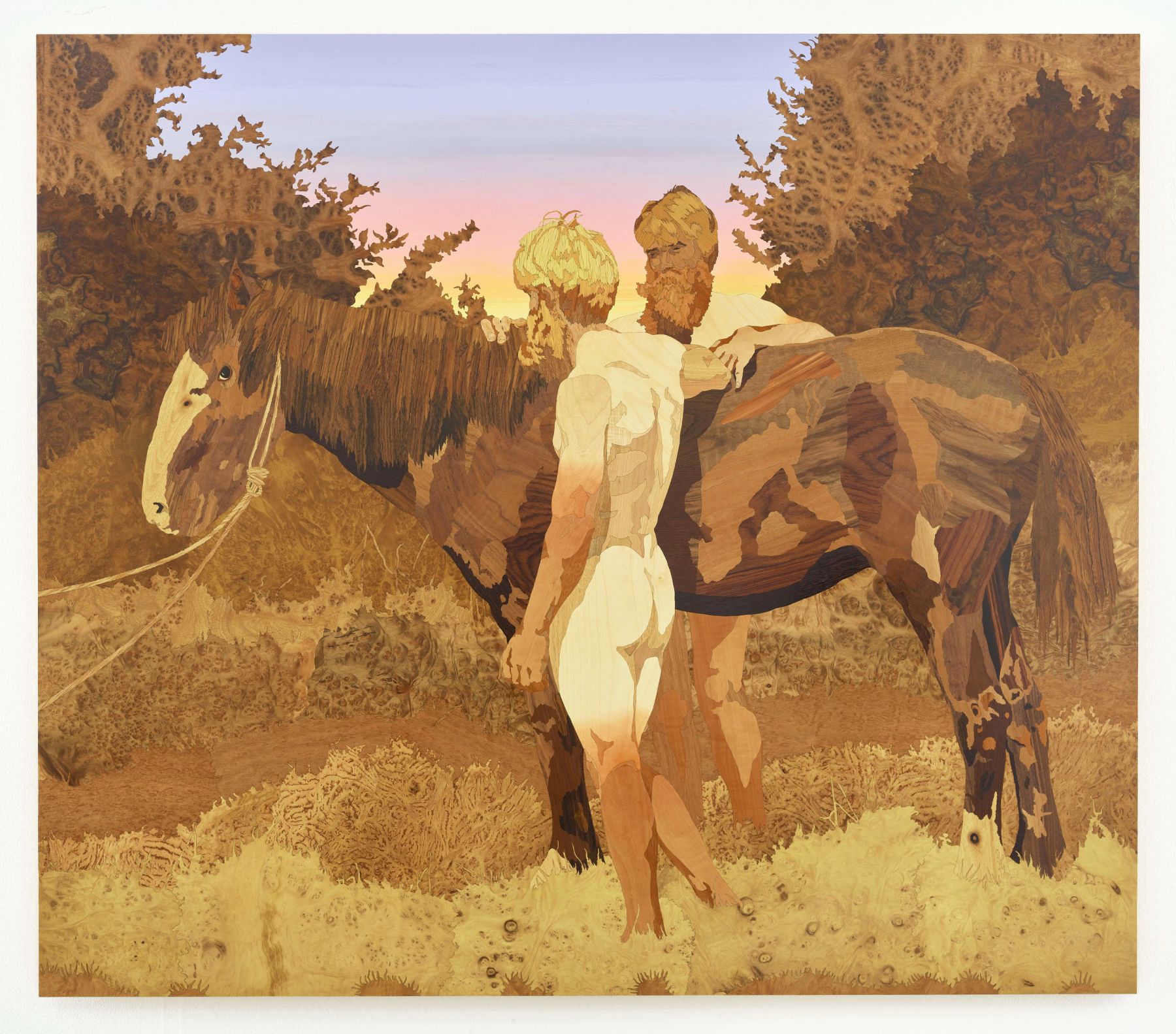
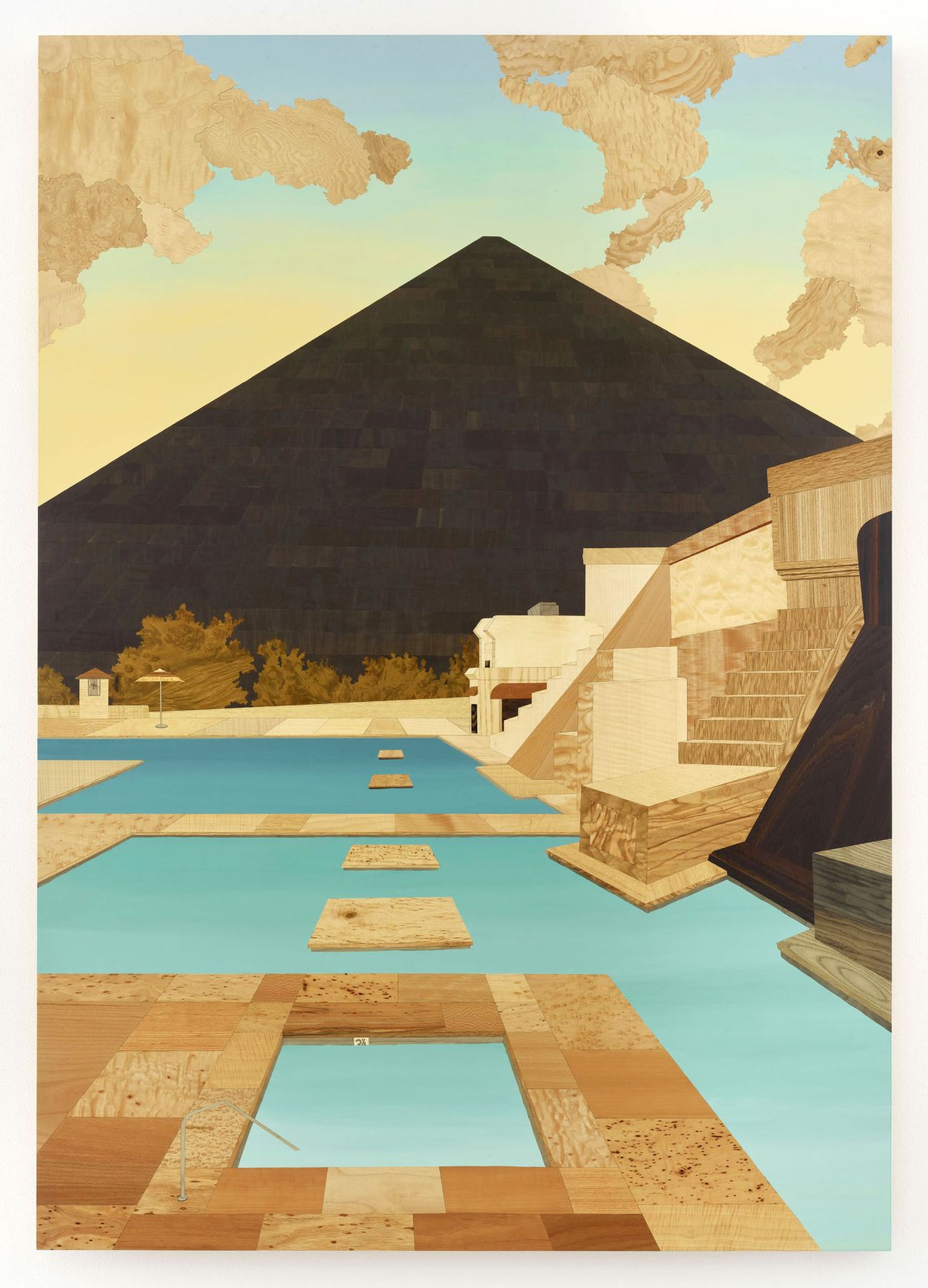

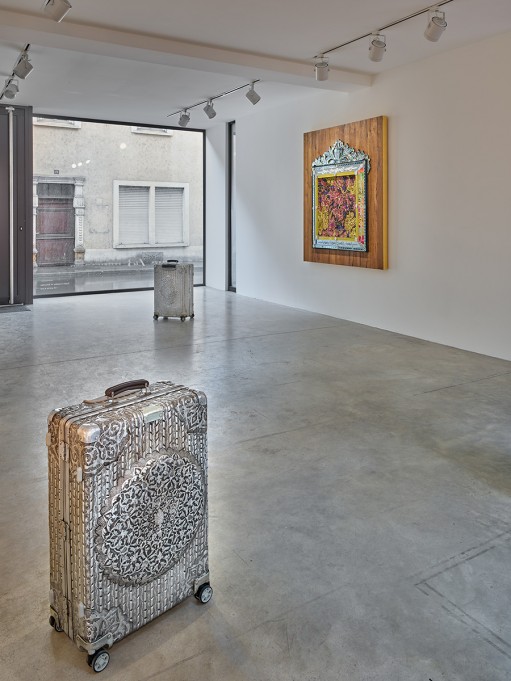
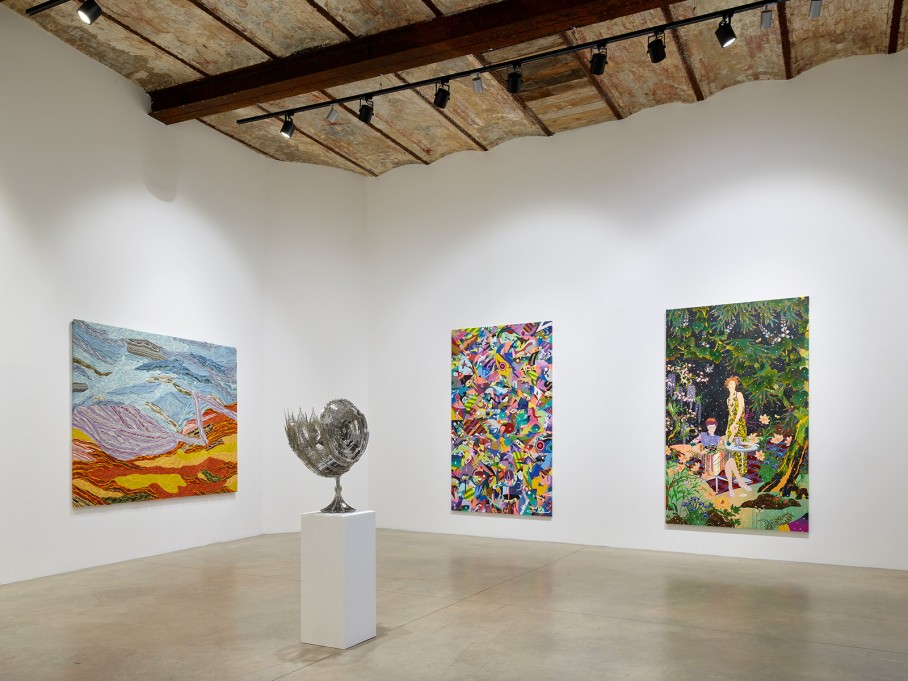
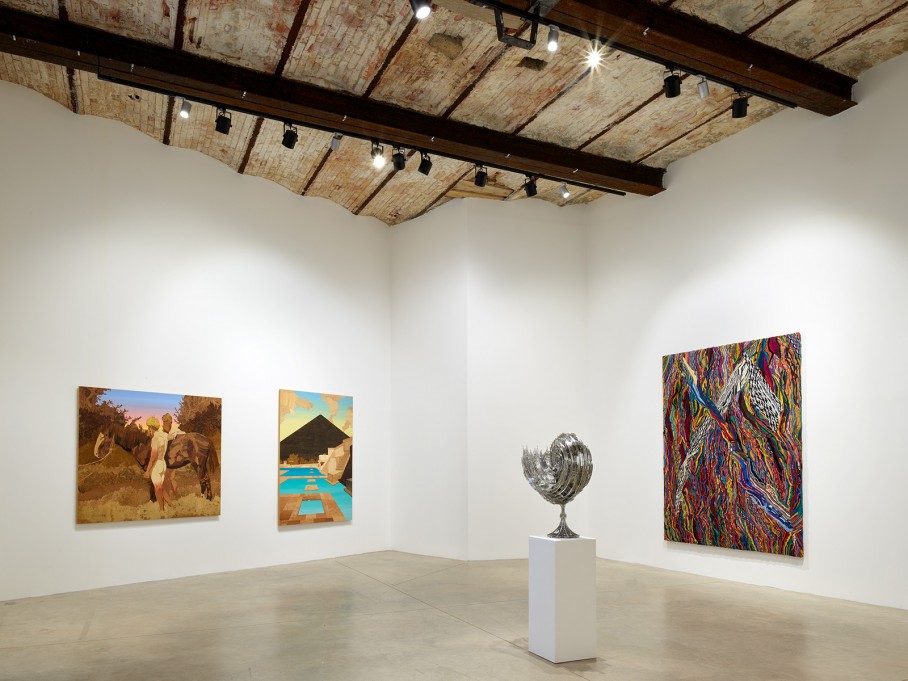
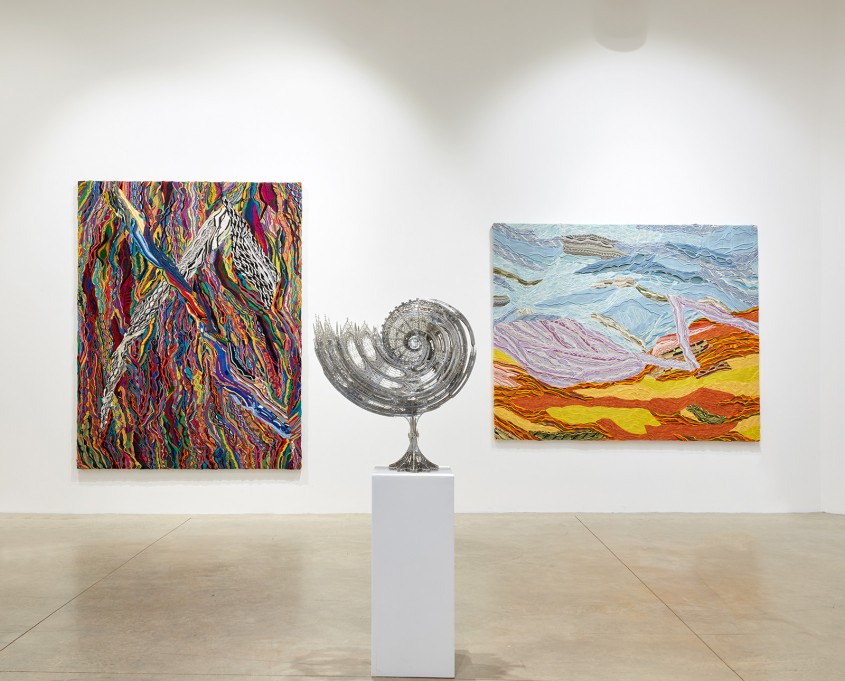
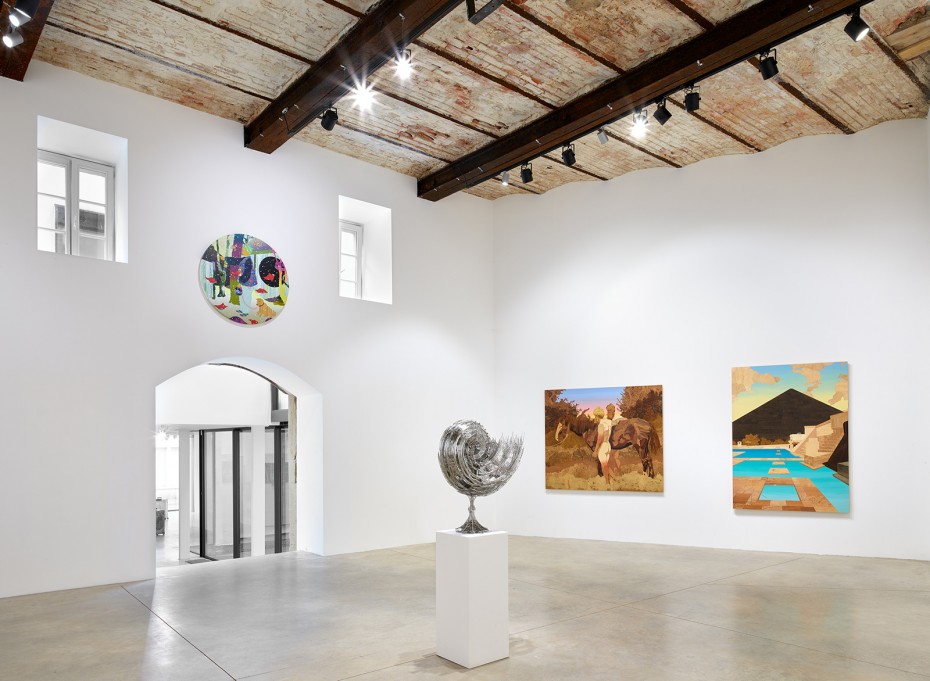
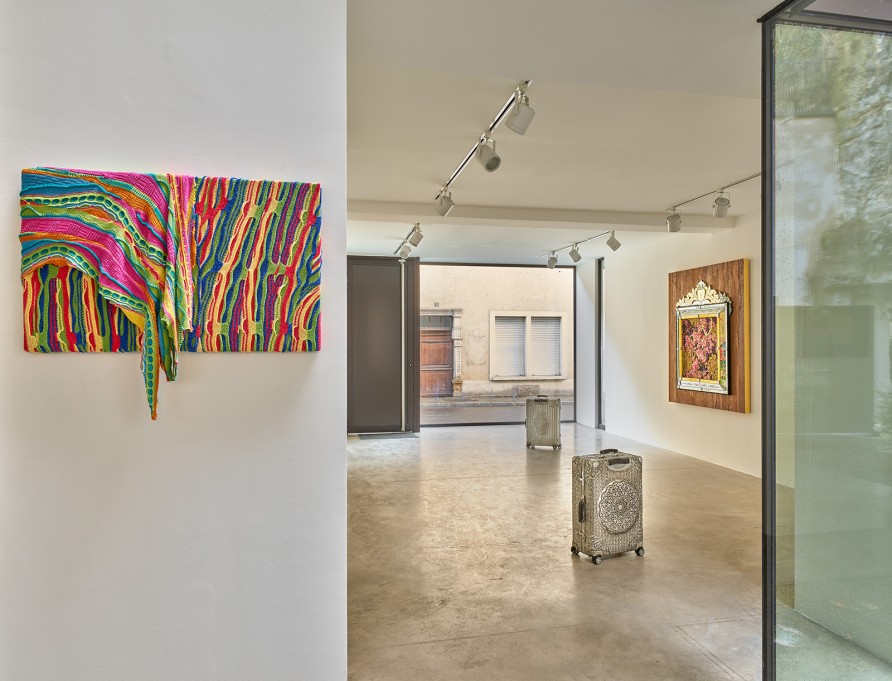
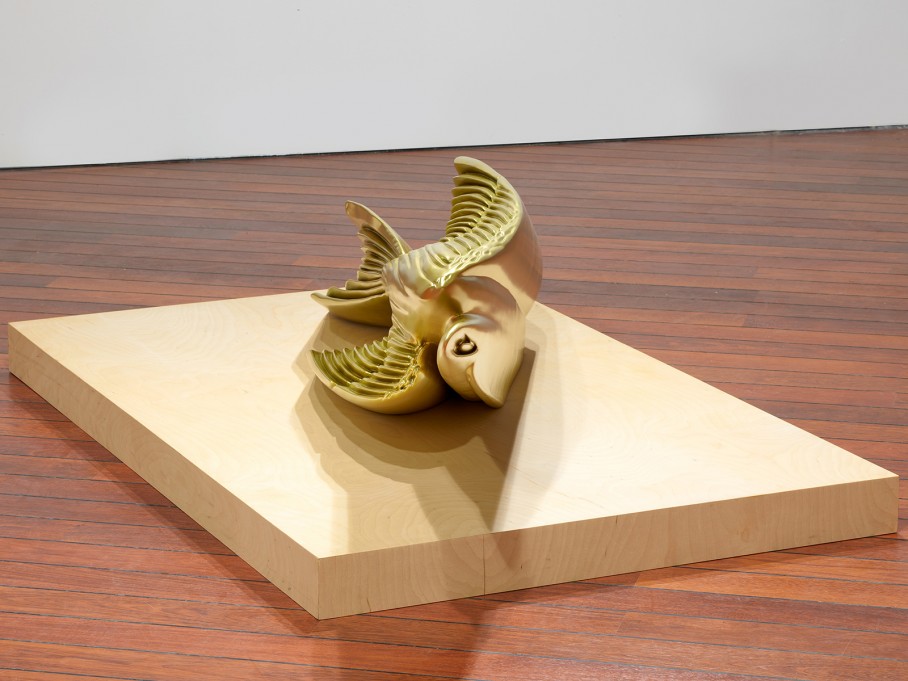
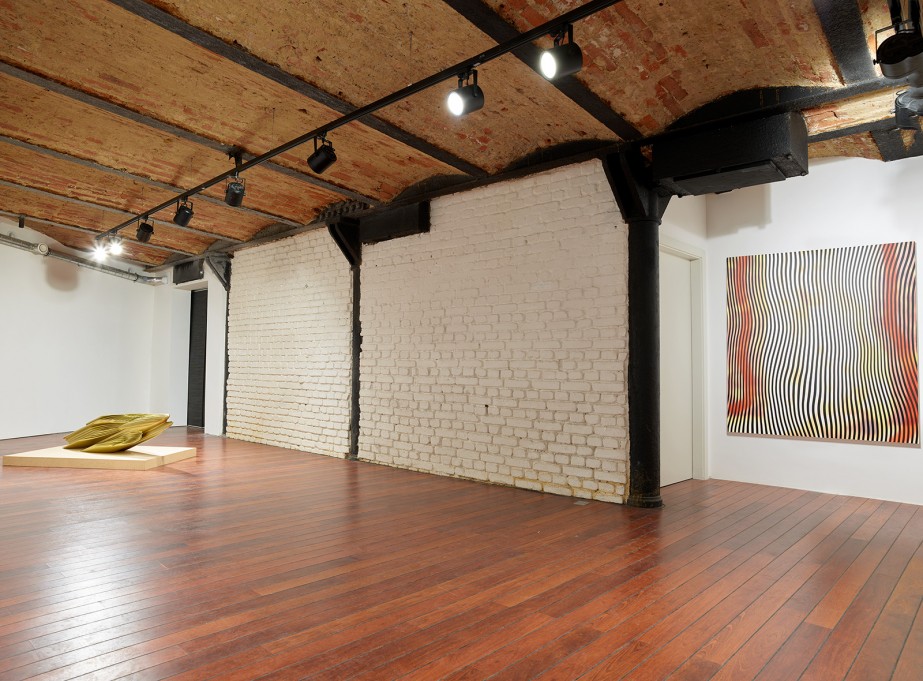

 UP
UP